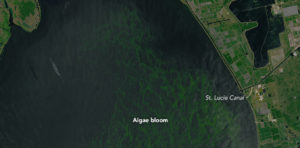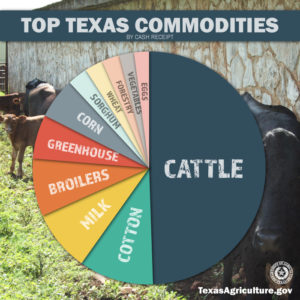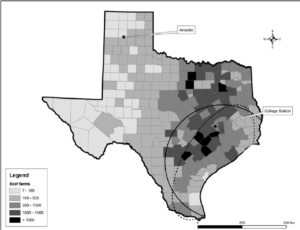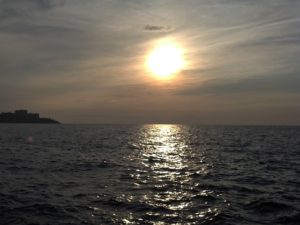Amidst the damage Hurricane Irma will cause to property, a no longer subtle by-product of this powerhouse hurricane will be the billions of gallons of polluted, phosphorus filled, water flowing out of Lake Okeechobee.
The final resting spot for much of Lake O’s flowage — which the Army Corps of Engineers is tasked with monitoring, to control flooding … not curb harmful algae bloom (HAB) activity — will be Florida’s Golden Coast.
In this May, 2017 article from Angler’s Journal , a key passage is one we should all be looking at repeating around the same time in 2018:
This past July, the St. Lucie River and lagoon were in the throes of the worst blue-green — toxic cyanobacteria — algae bloom in memory. The bloom began as slime green, turned bright blue, then brown and

finally transmuted into a mass of black rot. The stench hanging over the St. Lucie River ripened from an odor of garbage to carcasses to feces.
“It was just disastrous,” says fishing guide Capt. Rufus Wakeman, who owns River Palm Cottages and Fish Camp on Indian River Lagoon.
The noxious bloom ruined much of July for guides, charter boats, marinas, boatyards and other businesses. It closed beaches, curtailed tourism during the Fourth of July holiday and drove riverfront homeowners to escape the stench by staying at hotels or going on vacation.
In the coming days, as Hurricane Irma pounds Florida with Category 5 storms, more will be written here about the total water release from Lake O, and projections on what happens next.
Until then, our thoughts are with those in Florida and elsewhere – in harm’s way. For live updates, CNN is tracking Irma.




